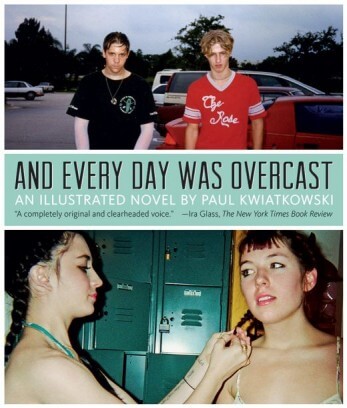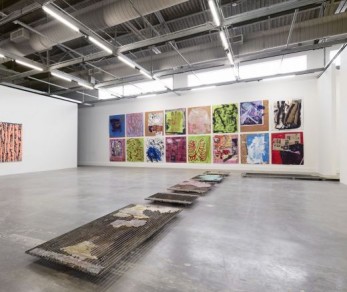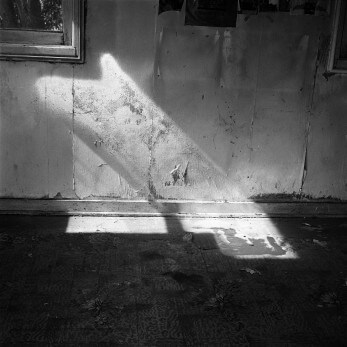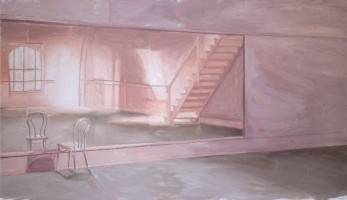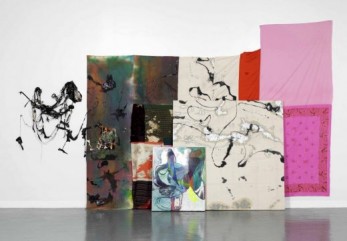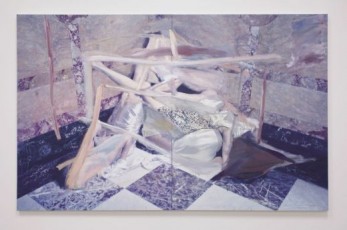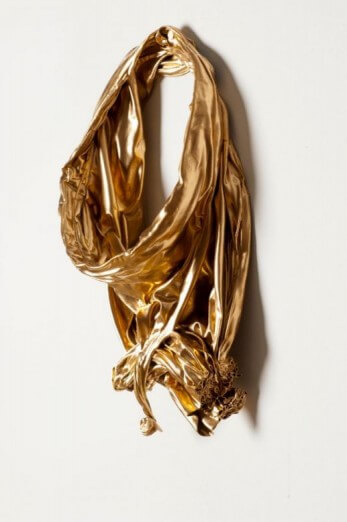Paul Kwiatkowski’s illustrated novel And Every Day Was Overcast is a series of Erik Persoff stories. Here are bright kids who might have turned out fine in another state but are doomed by the fact that they were born here: two sisters who live behind a biker’s tavern, a kid obsessed with his transistor radio, the daughter of a single mom who believes her kids should do drugs at home “because it’s safer.”
Even those not haunted by dystopian technological nightmares may well have experienced the commonplace urge to both embrace and reject new technologies, and this exhibition encourages us to examine our relationship with technology by addressing both our enthusiasm for new advances and fears that technology will replace us.
As Far As I Could Get is John Divola’s long overdue, first museum survey. With an unusual twist, the presentation splits four decades of Divola’s practice across three Southern California institutions. The show runs concurrently at the Santa Barbara Museum of Art (SBMA), Los Angeles County Museum of Art (LACMA) and Pomona College Museum of Art.
It is potential energy, buzzing with doubt and hope, that describes the imagery of End Game Aesthetics, the new solo exhibition from Aramis Gutierrez. But while he maintains a comfortable distance from many of the historical events which inspired his works, he allows for painting itself to steer its viewer towards a reincarnation of the energies prior to, during, and directly following a ballet dance. These paintings convey a desire to move politically difficult and historically messy events to the forefront; the artist’s hand is still moved by the romance of dance, but it is not without the gravity of how the world of dance operates: commanded by borders, contracts, rivalries, and state secrets.
As you enter the gallery you encounter the name of the exhibition, Chlorophyll Bluess, painted directly on the wall in neon pink and blue. You create a narrative around this seemingly sudden inner impulse to paint, imagining the artist up on a ladder or on a chair with a can of spray paint and the lace placemat she used for a stencil. This is the same type of sequence of actions that is pictured when you look at assemblage art. A narrative is formulated around the artist building the object.
In his solo exhibition Rococo Chanel, on view at the aptly titled gallery Guccivuitton, Loriel Beltran examines the visual language of taste and luxury. The show features a series of paintings that directly engage with the photographs one finds littered in the pages of fashion magazines. Beltran appropriates images from highly sexual advertisements and fashion shoots and presents them in a jumble of tan body parts.
In this intimate exhibition of California-based Catherine Czacki and April Street, sculptures and wall-hangings are connected by their common link to the human body, albeit not in a literal sense. In each, the body is an inferred presence and deferred absence. The artists highlight how things are never simply objects, which leads the viewers/lives to begin an analysis of the place of objects in their own life.

